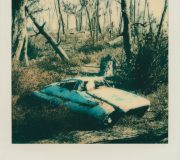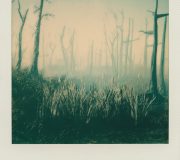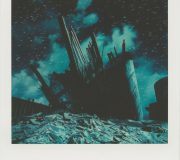The Physical Landscape
Somewhere at my parent’s house is a map. A map I had made over the course of a summer during my early teenage years; a map that started out as a single sheet of graph paper and would eventually grow into a size that rivaled my double-sized bedspread. It was color coordinated and had marks for rivers, oceans, mountains, plains, forests, forts, and castles. No this wasn’t a Dungeons and Dragons map but a map I had meticulously made from a game I was playing on my Commodore 64 computer called Ultima. I had wanted to explore every single square of this game and the map the was the only way to see the places where I haven’t been. The computer is long gone as is the game - but the map remains. This was the only record of my travels; a physical construct taken from the 1s and 0s that were lifted off the thin magnetic wafer and pulled into the inner workings of CPU, memory, input, and output.
As technology progressed the number of landscapes to explore grew in both quantity and quality as well as the number of landscapes that would fade away on recycled and discarded hard drives; perhaps never to be seen again. A similar fate awaits the trillions of photos and videos that live in that same medium. All these images have a tenuous life and even more so for the virtual ones as their very existence depends on the ability of the technology to create them.
Today these landscapes can be rendered in a 3d environment that can change dynamically based on the weather, seasons, the time of day and other miscellaneous events; some predestined, some by the traveler, and some by chance. The motion one can travel in these environments is also more fluid allowing one to not only walk around and over objects but to also to look around at any perspective – no angle is without visual acuity. Going further most of these landscapes are set in what is called an “open world”, meaning there is usually no restrictions on the traveler beyond those that would normally be a physical space.
I wanted to not only explore this world but I also wanted to document these explorations as if I was there as a photographer. But just photographing this world wasn’t enough as one is still limited by the temporal and virtual aspects of the medium itself. I wanted something that would outlast the landscape, something physical from this virtual world.
These are a selection of numerous photos based on my journeys in the popular Fallout series of video games taken by an old Polaroid SX-70 camera which produces instant physical prints.















